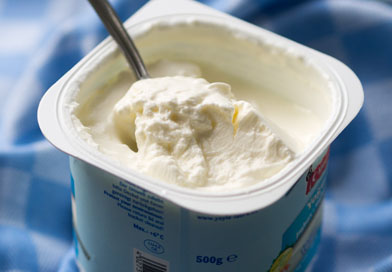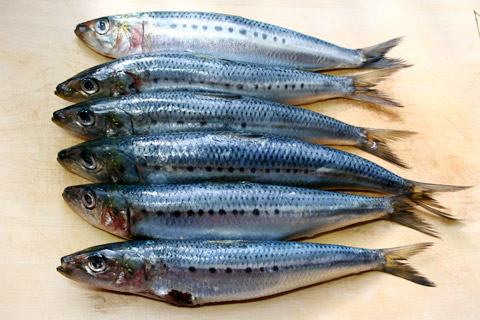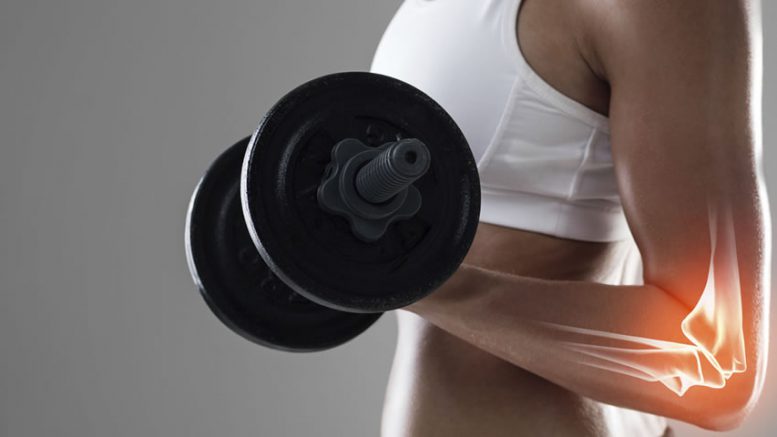When we talk about bones two things come in our mind, Calcium and Vitamin D. While Calcium is important mineral for bones, Vitamin D leads to absorption of Calcium.
Daily intake of Calcium and Vitamin D:
- 1 to 3 years old — 700 milligrams of calcium daily
- 4 to 8 years old — 1,000 milligrams of calcium daily
- 9 to 18 years old — 1,300 milligrams of calcium daily
- Adults up to age 50 should get 1,000 milligrams of calcium and 200 international units (IUs) of vitamin D daily.
- Adults over 50 should get 1,200 milligrams of calcium and 400 to 600 IU of vitamin D.
* Kids 1 to 18 years old also should get 600 IU of vitamin D daily.
Trying these for healthy bones:

Sunlight:
We often underestimate the power of nature. Without paying a single penny just go run or go for a walk in sunlight. It not only will keep you you fit but also provides Vitamin D that makes your bones stronger. Your body is designed to get the vitamin D it needs by producing it when your bare skin is exposed to sunlight.

Yogurt: Most people get their vitamin D through exposure to sunlight, but certain foods, like yogurt, are fortified with vitamin D. Yogurt is highly nutritious and is an excellent source of protein, calcium and potassium. It provides numerous vitamins and minerals and is relatively low in calories.

Milk: Regardless of your age, one cup (8 ounces) of milk a day, which provides about 300 mg of calcium, is not enough to keep your bones strong and healthy. It is recommended that people in their 20s get at least 1,000 mg of calcium each day which would be about 3-1/3 cups of milk.
Cheese:
Just 1.5 ounces (think a set of dice) of cheddar cheese contains more than 30% of your daily value of calcium, so enjoy in moderation.
Most cheeses contain a small amount of vitamin D

Sardines: These tiny fish, often found in cans, have surprisingly high levels of both vitamin D and calcium.

Egg: Pasture-raised eggs are a good source of dietary vitamin D, with about 10% of the DV per egg. The vitamin D is concentrated in the yolk, so you’ll need to eat the whole egg to get it
 Spinach will be your new favorite way to get calcium. One cup of cooked spinach contains almost 25% of your daily calcium, plus fiber, iron, and vitamin A.
Spinach will be your new favorite way to get calcium. One cup of cooked spinach contains almost 25% of your daily calcium, plus fiber, iron, and vitamin A.
 Fatty fish: Fatty fish can be a good source of vitamin D. Common options include salmon, trout, mackerel, tuna, and eel. A 3-ounce sockeye salmon fillet contains about 450 international units (IUs) of vitamin D—a good portion of the 600 IUs that is the Institute of Medicine’s recommended dietary allowance (800 IUs if you’re over 70).
Fatty fish: Fatty fish can be a good source of vitamin D. Common options include salmon, trout, mackerel, tuna, and eel. A 3-ounce sockeye salmon fillet contains about 450 international units (IUs) of vitamin D—a good portion of the 600 IUs that is the Institute of Medicine’s recommended dietary allowance (800 IUs if you’re over 70).
 Sesame seeds add a nutty taste and a delicate, almost invisible, crunch to many Asian dishes. Sesame seeds are an excellent source of copper, a very good source of manganese, and a good source of magnesium, calcium, phosphorus, iron, zinc, molybdenum, and selenium. This rich assortment of minerals translates into the following health benefits:
Sesame seeds add a nutty taste and a delicate, almost invisible, crunch to many Asian dishes. Sesame seeds are an excellent source of copper, a very good source of manganese, and a good source of magnesium, calcium, phosphorus, iron, zinc, molybdenum, and selenium. This rich assortment of minerals translates into the following health benefits:

Be the first to comment on "How to Build Healthy and Strong Bones"